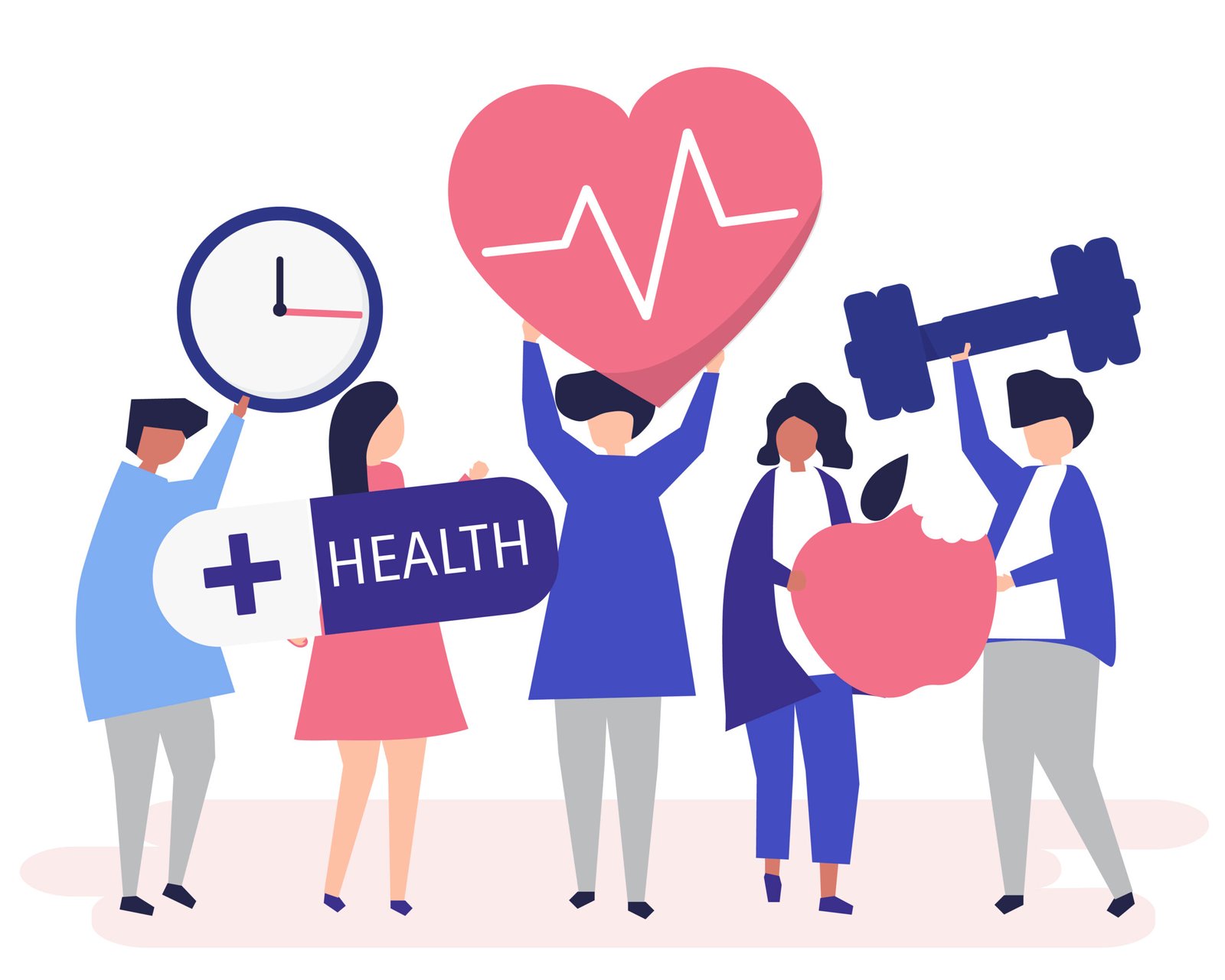Now Reading: What Is Public Health? 5 Understanding Its Critical Role in Our Lives
-
01
What Is Public Health? 5 Understanding Its Critical Role in Our Lives
What Is Public Health? 5 Understanding Its Critical Role in Our Lives

What Is Public Health?
When we hear the term “public health,” many of us instantly think of hospitals, doctors, or disease prevention—but public health goes far beyond that. It’s not just about treating illness; it’s about promoting wellness, preventing disease, and creating conditions where people can lead healthy, fulfilling lives. Public health touches every corner of our daily routines—from the water we drink and the air we breathe to the safety of our food and the mental health resources available in our communities.
At its core, public health is about protecting and improving the health of populations—whether that’s a small rural village, a bustling city, or the entire world. Unlike personal healthcare, which focuses on individual treatment, public health focuses on prevention and education for the greater good. It involves policies, programs, and practices designed to help people live longer, healthier lives. From childhood vaccinations to road safety campaigns, and from clean sanitation systems to mental health awareness, public health is the invisible force that keeps society functioning and thriving.
I truly began to understand the depth of public health during the COVID-19 pandemic. Like many, I saw how something invisible could impact lives globally, and I became more aware of how systems work—or fail—to protect people. I remember during one lockdown, our local area faced a shortage of clean water due to a pipe burst. While the issue seemed minor compared to the global crisis, it made me realize how deeply our health depends on infrastructure, planning, and collective responsibility. It wasn’t just about masks or medicines—it was about access, communication, and public trust. That experience, although small, reshaped how I view the importance of public health in our everyday lives.
Public health professionals work quietly behind the scenes to ensure that communities remain resilient, educated, and safe. Their efforts often go unnoticed when things are going well, but during crises, we see just how crucial their work truly is. From addressing health disparities to improving mental health access, their role is essential to building a healthier society.
In this post, we’ll explore what public health really means, why it matters, and how it impacts our lives more than we realize. Whether you’re a student, parent, policymaker, or simply someone who cares about your community, understanding public health is a powerful step toward building a safer, healthier future for all.
Public health is the science and practice of improving and protecting the well-being of entire populations. Rather than focusing on treating individuals after they fall ill, it takes a proactive approach to prevent disease and promote long-term wellness. Through education, policy-making, and preventive strategies, it works to reduce health risks and increase life expectancy.
By prioritizing prevention, this field helps build environments that support healthy living and limit the spread of illnesses.
Key Areas of Community Wellness
This field covers several important domains, each playing a role in building healthier communities:
1. Epidemiology
The study of how diseases spread and how to manage them. Epidemiologists track outbreaks and work to prevent future cases.
2. Health Education
Encouraging healthy habits such as balanced nutrition, regular activity, and hygiene. Education empowers people to make informed decisions about their health.
3. Environmental Health
Focusing on clean water, fresh air, and safe housing. A healthy environment is key to reducing preventable diseases.
4. Infectious Disease Control
Managing contagious illnesses like COVID-19 through vaccinations, awareness campaigns, and safety regulations.
5. Policy and Regulation
Developing laws such as food safety standards or smoke-free zones to safeguard community health.
Why Community Wellness Matters
A focus on population-wide wellness provides major benefits:
- Prevents disease and injury before they occur
- Reduces long-term healthcare expenses
- Encourages longer, healthier lives
- Supports clean and safe environments
- Prepares communities for emergencies like pandemics
Real-World Examples of Health Systems in Action
Efforts to improve public well-being are visible in everyday life:
- Vaccination drives that protect schoolchildren and the elderly
- Anti-smoking initiatives that curb tobacco use
- Water sanitation systems ensuring safe drinking supplies
- Government nutrition programs that aid child development
- Safety measures like mask mandates during disease outbreaks
- Mental health campaigns that promote emotional well-being
Public health affects nearly every aspect of our lives—from the air we breathe to the policies that protect our neighborhoods. By championing wellness on a broad scale, we help build resilient, thriving societies for all.














